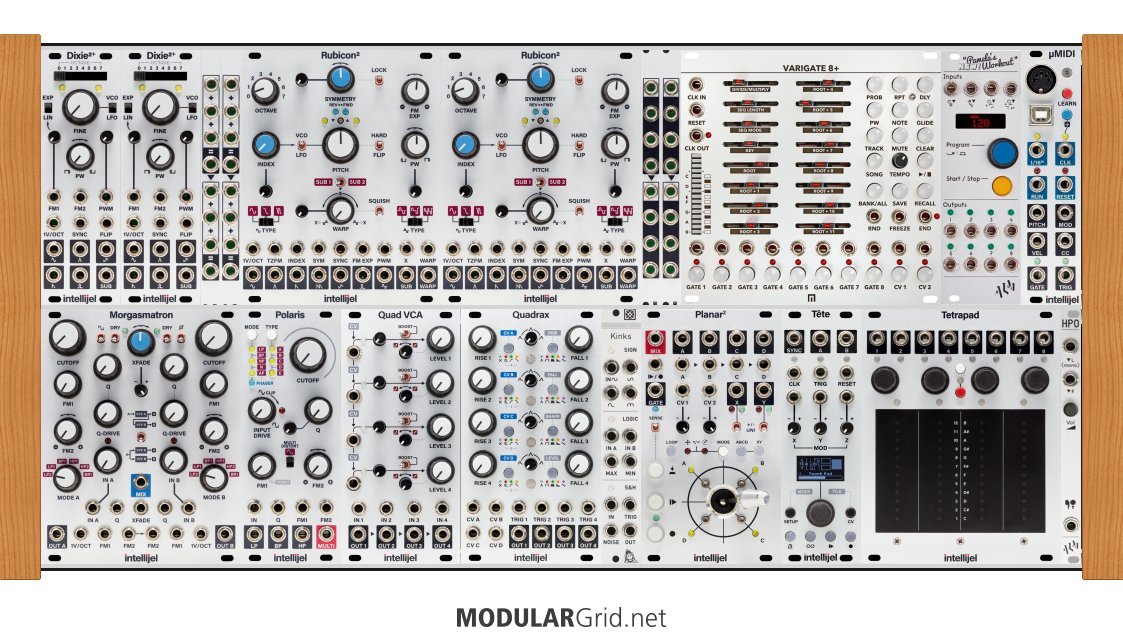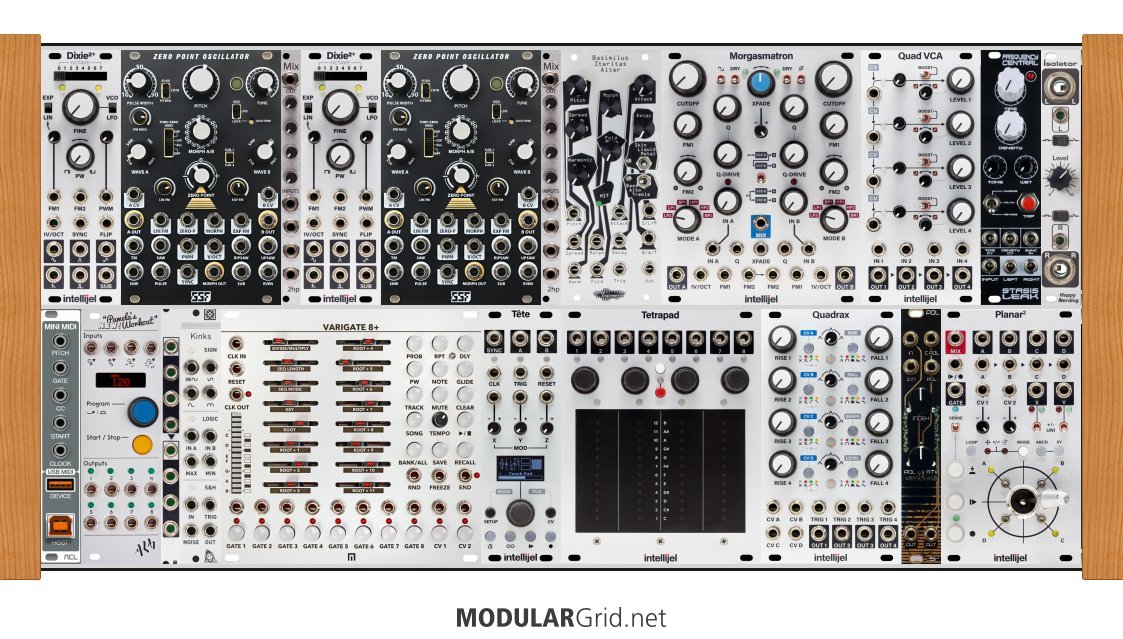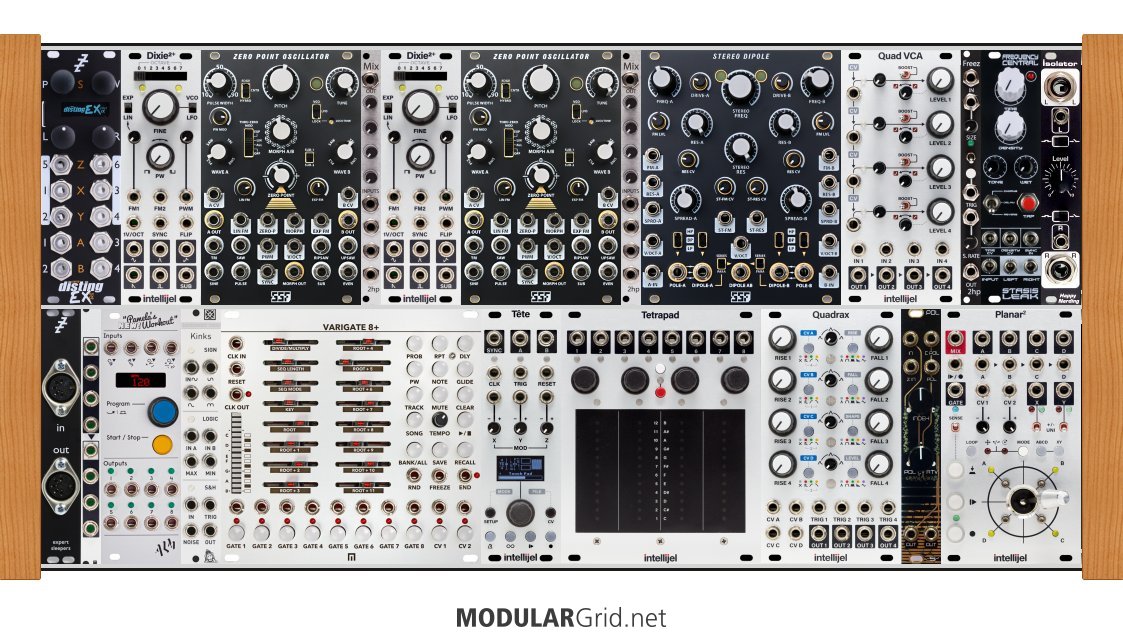
Hello everyone!
After making multiple designs and watching hours of YouTube videos about Modular, I have finally come up with this setup.
I already have a decent amount of VCO synths, so I decided that a digital FPGA would be different. Also, looking at the videos the Shapeshifter looks to be very deep, and I dont really care that it came out 6 years ago. I am hoping I can use OSC 1 as a sound source and OSC 2 as an LFO.
Not too sure if I need the ADSR, I still think it could be useful, but if Im playing from an external keyboard maybe not.
The only thing that is bothering me is not having LFOs, Sequencer, and Effects. The Shapeshifter can be used as an LFO I guess. I will have to use external effects like the H9.
I do what to keep this small as I really want to learn with limited pieces at first. I'm pretty confident that this setup has all of my "needs" down and can substitute my "wants" with external gear to learn what I want once I put together a bigger rack.
thanks for your time guys and I would be grateful of any input!





